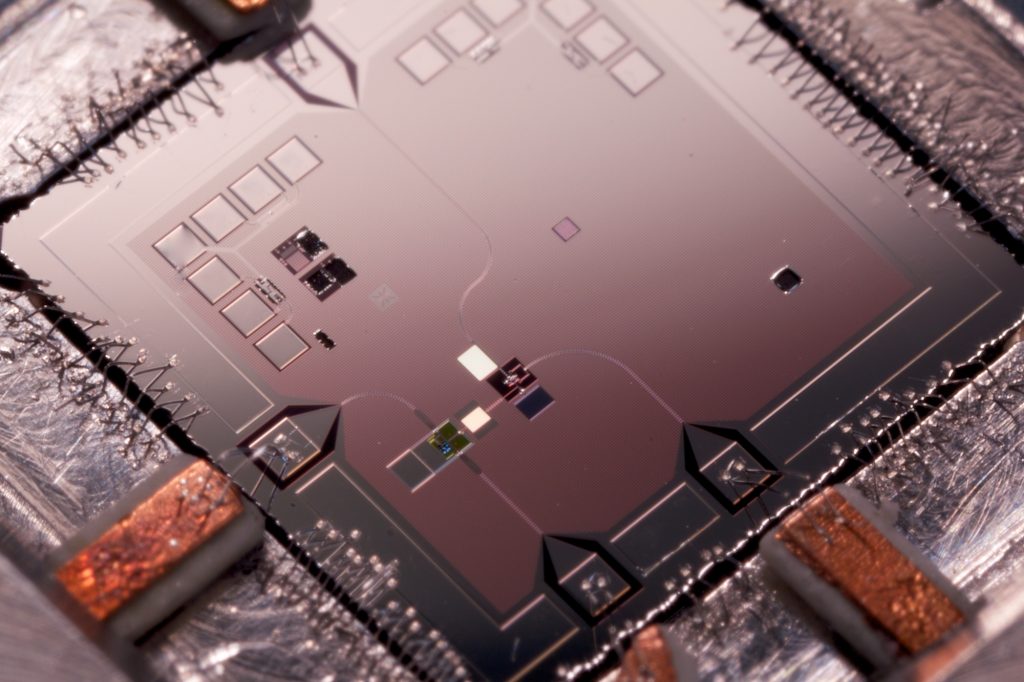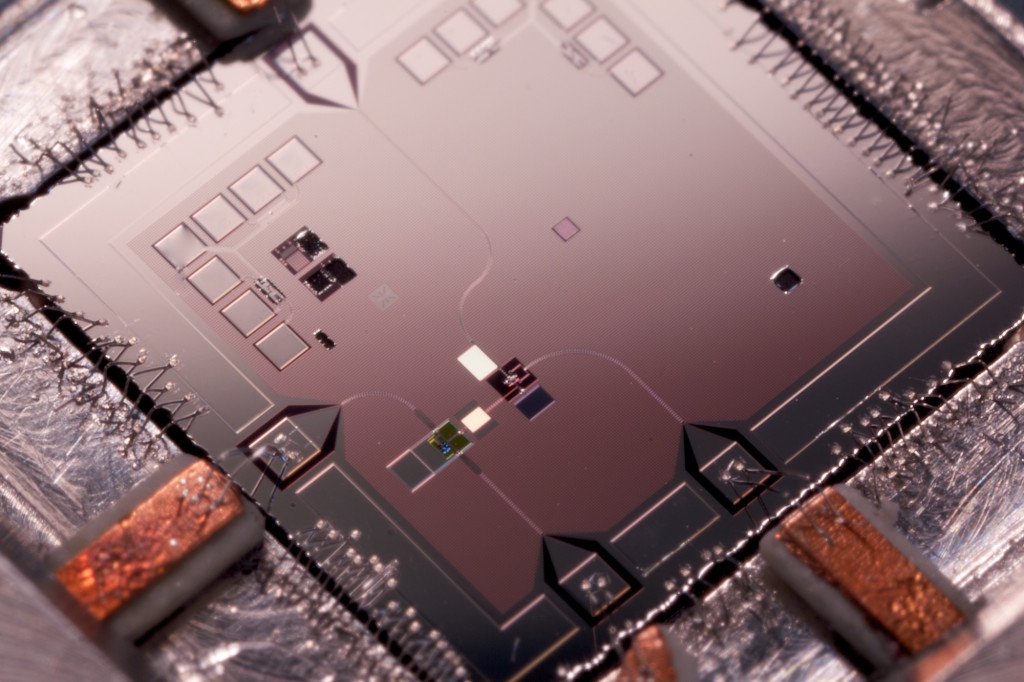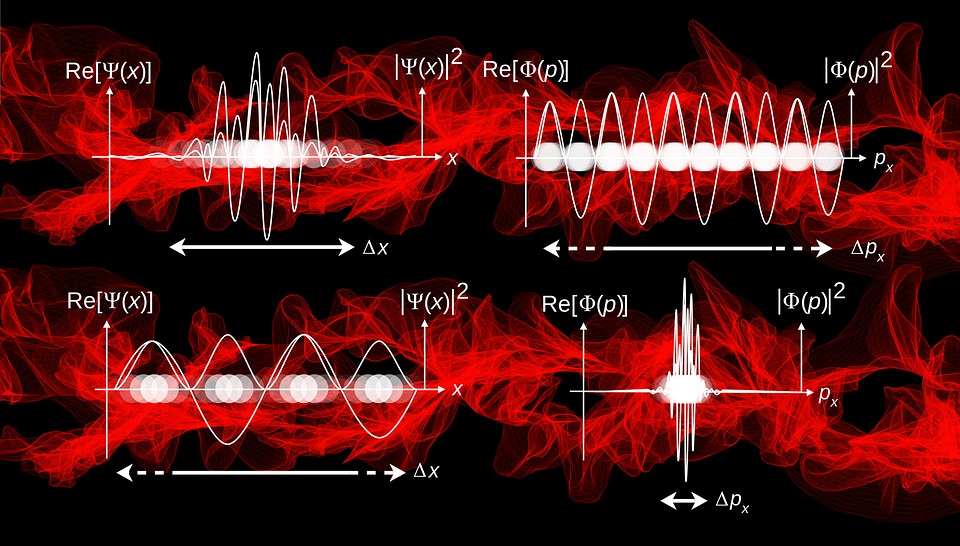
Quantum computing presents the opportunity to run endless simulations of components and instantaneously maximize designs in fractions of a second.
Quantum computing technologies are making great advances every day, and once the technology is introduced to the mass market, it could change the face of engineering simulation. A quantum computer has the capability to run multiple processes at once at a greater speed, to explain it simply. This is due to the fact that quantum computers aren’t limited by binary ones and zeros, rather they can have a third digit to communicate data, superposition. Each qubit in a quantum computer can exist in a state of superposition relative to itself and other qubits, allowing for simultaneous data streams and lightning speed processing – this only breaks the surface of quantum’s potential.

Looking more directly into the life of engineers, we are faced with problems and constraints within design that can be quite time consuming to solve. Much like how additive manufacturing is allowing engineers to optimize components, quantum computers are poised to be the greatest simulation tool available.
The abilities of quantum computers shine in situations of optimization. Problems where a vast number of probabilities and constraints are presented give even the world’s greatest supercomputers trouble, but not quantum computers. Advanced quantum computers, which aren’t that far off, will have the ability to solve problems with thousands of constraints within seconds. Now, imagine using a quantum computer to design and optimize not only your part but an entire system of components, simulated to what is essentially real world conditions.
It’s an engineer’s dream. The ability to know exactly how a component or system will interface with the real world, through real situations.
To give you an idea of where the state of quantum technology currently stands, Google’s quantum computer was just able to accurately simulate a molecule in real time. This advancement has the ability to completely change our understanding of molecular physics and chemistry. It then becomes easy to see how quantum technologies could be used to simulate material stresses and thermodynamic properties through endless scenarios and simulations.
Oftentimes when simulating stresses and behaviors of a component, software or engineers will have to make assumptions about a material’s behavior. This is mostly done because the processing power needed to sort through these assumptions would be far too great to be economically viable. What we start seeing within the realm of quantum computing is all walls of practical computing being broken by what will eventually be a pocket-sized supercomputer.
Understanding quantum computing is perhaps the biggest hurdle that will stall its widespread adoption. Engineers and others in the technical fields will likely be the first to adopt the technologies, and to great economic gain at that.
The world of simulation and optimization will be completely transformed by quantum computers, and the face of engineering analysis will grow ever closer to an accurate representation of the world around us.




